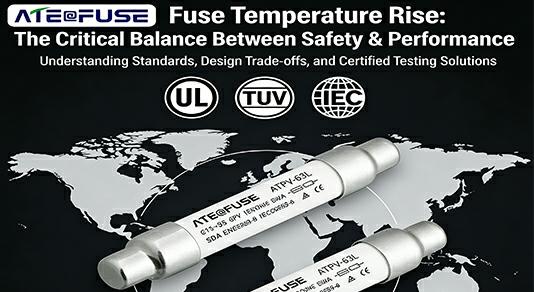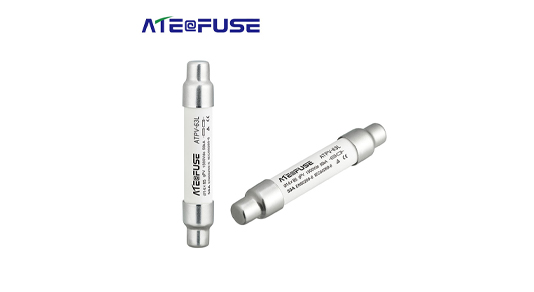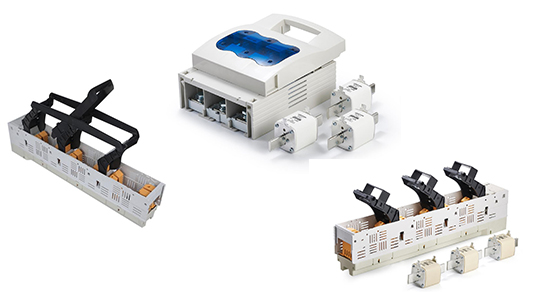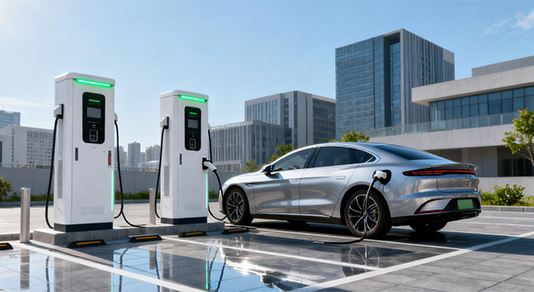Solar Fuse & Breaker Sizing
Solar Fuse & Breaker Sizing
What Size Fuse or Breaker for Solar Panel String?
What is a "Solar String"?
In larger solar photovoltaic (PV) systems, multiple solar panels are connected in series in a string to increase the voltage before going to the inverter. Multiple strings of the solar panels are also combined together in parallel to produce higher output currents. In a larger PV array, individual PV modules are connected in both series and parallel. A series connected set of solar cells or modules is called a "string".
Series String Example

Parallel String Example
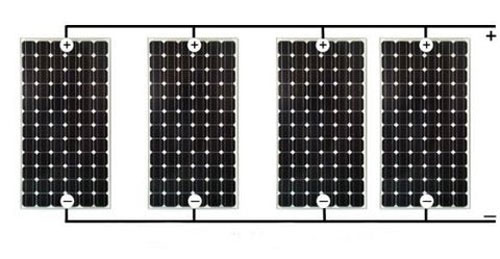
What size fuse or circuit breaker for a solar panel string?
To determine the normal fuse or breaker size use this equation:
String circuit ampacity = Short Circuit Current (Isc) X 1.56=Fuse Size.
For the DC side of the circuit, the short circuit current (Isc) is used for this calculation. If your fuse will be placed inside a combiner or junction box, then Isc will equal the short-circuit current spec for the PV modules.
Example:
String Short Circuit Current 8.73 amps (Isc) X 1.56 = 13.62 amps. Fuses are rated in standard sizes of 6, 8, 10, 15, 20, 25 or 30 amps. The NEC states that you must select the closest size at or just above the ampacity value. For 13.62 amps, you would use a 15 Amp fuse or circuit breaker.
Things to remember when sizing your solar combiner box.
For Series Solar Strings
1. The current passing through the string will stay the same as one panel regardless of the number of panels in the string.
2. The voltage increases with each panel you add. The voltage will be the sum of all the panels connected in series.
For Parallel Solar Strings
1. The current passing through the string will increase with each panel added. Your total current will be the sum of all the panels in the string.
2. The voltage stays the same with each panel you add. Example, if each panel connected in Parallel is 12V, your total output voltage will still only be 12V regardless of how many panels you add.


